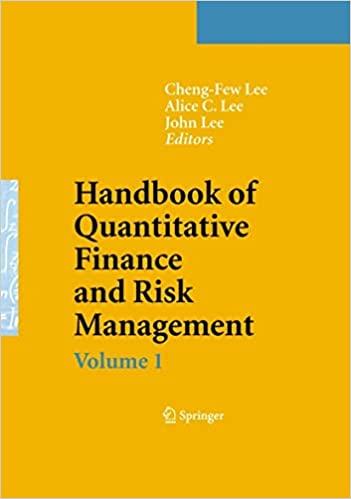Debt Milton Fabricators LLP Suppose you have been hired as a financial consultant to Milton Fabricators LLP. ("MFL"), a large, publicly traded firm that is the market share leader in radon detection systems (RDSS). The company is looking at setting up a manufacturing plant overseas to produce a new line of RDSs. The project will require an investment of $70 million dollars and the president of the company wants to be sure she understands her cost of capital before going ahead with the decision Market information for the latest year-end (Dec-31-19) is as follows: The company has issued 26,400 bonds, each with a par value of $1,000 and a coupon rate of 5.40 percent (payable semi- annually). The bonds were issued 5 years ago with a 30 year maturity. They are currently selling for $908.00 each. 277,000 common shares have been authorized (with 247,000 Common Stock shares issued and outstanding). Common shares are selling for $90.000 per share 112,000 preferred shares have been authorized (with 100,000 Preferred Stock issued and outstanding). The closing price of preferred shares was $39.400 per share. MFL uses G. M. Wharton as its lead underwriter. Wharton charges MFL 3.00 percent commission on new common stock issues, 4.00 percent on new preferred stock issues, and 6.00 percent on new debt issues. Wharton has included all direct and indirect flotation costs in these rates. The preferred shares were issued six years ago and pay an annual dividend of $1.780 per share. Last year, MFL declared and paid a common share dividend of $2.040 per share. This represented a 3.00 percent growth in the common share dividend (a rate that is expected to continue into the future) and a dividend payout ratio of 45.00 percent (also expected to continue into the future). MFL's tax rate is 45.00 percent. Preliminary year-end results show net earnings (after interest, taxes and preferred share dividends) for the year ending Dec-31-19 is $3.0 million Requirements: enter wit percentages to two decimal places A. Use market values to calculate the weight of outstanding bonds, preferred and common shares: enter your answer in whole number eg 1000.000 million Don't enter the design 1. What is the total market value of outstanding bonds on Dec 31-19? $ Requirements: entar al percentages to two decimal places A. Use market values to calculate the weight of outstanding bonds, preferred and common shares; you were 1.000.000 not 10 million Don't enter the door 1. What is the total market value of outstanding bonds on Dec-31-19? $ 2. What is the total market value of all issued preferred shares on Dec-31-19? $ 3. What is the total market value of all issued common shares on Dec-31-19? 4. What weights are assigned to debt, preferred shares and common equity on Dec-31-19? (Note: I'm only looking for the weights here, not WACC.)? $ Description Debt Preferred Common Weight % % % Total B. Calculate the after-tax cost of debt: 1. If the par value of each bond is 1000, what is the yield-to-maturity? 2. The yield you calculated in parti is the nominal yield. Since the bonds compound semi-annually, what is the effective yield on the bond? %6 3. Calculate the after-tax cost of debt using the effective yield. (Note: If you don't know how to calculate the effective yleld, use the nominal yield you calculated in part 1. Show me you know how to calculate after-tax cost of debt, even if you're starting with the wrong number) C. Calculate the after-tax cost of preferred Shares D. Calculate the after-tax cost common equity in the form of retained earnings (Ke). C. Calculate the after-tax cost of preferred shares. % D. Calculate the after-tax cost common equity in the form of retained earnings (Ke). % E. Calculate the after-tax cost of common equity in the form of new shares (Kn). % F. The company needs to finance $70 million in new capital projects. How much of that can be funded without issuing new common stock? enter your answer whole rum 1000.000 ton. Dort enter the sign) G. What is the weighted average cost of capitali 1. the company uses new debt, new preferred shares and just retained earnings? % 2. the company uses new debt, new preferred shares and new common shares









